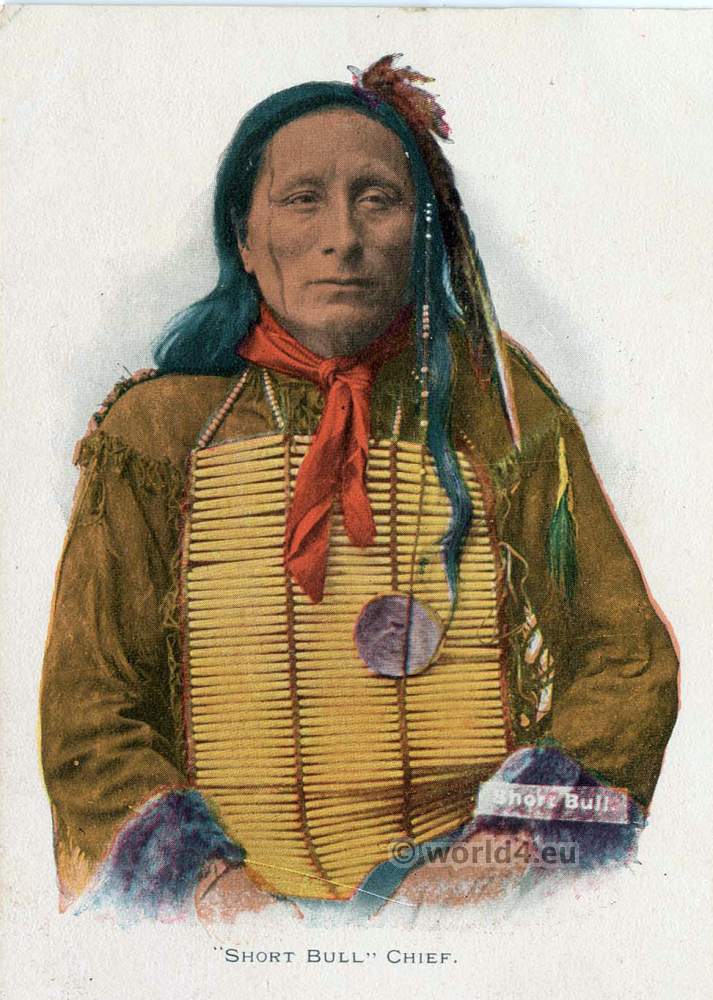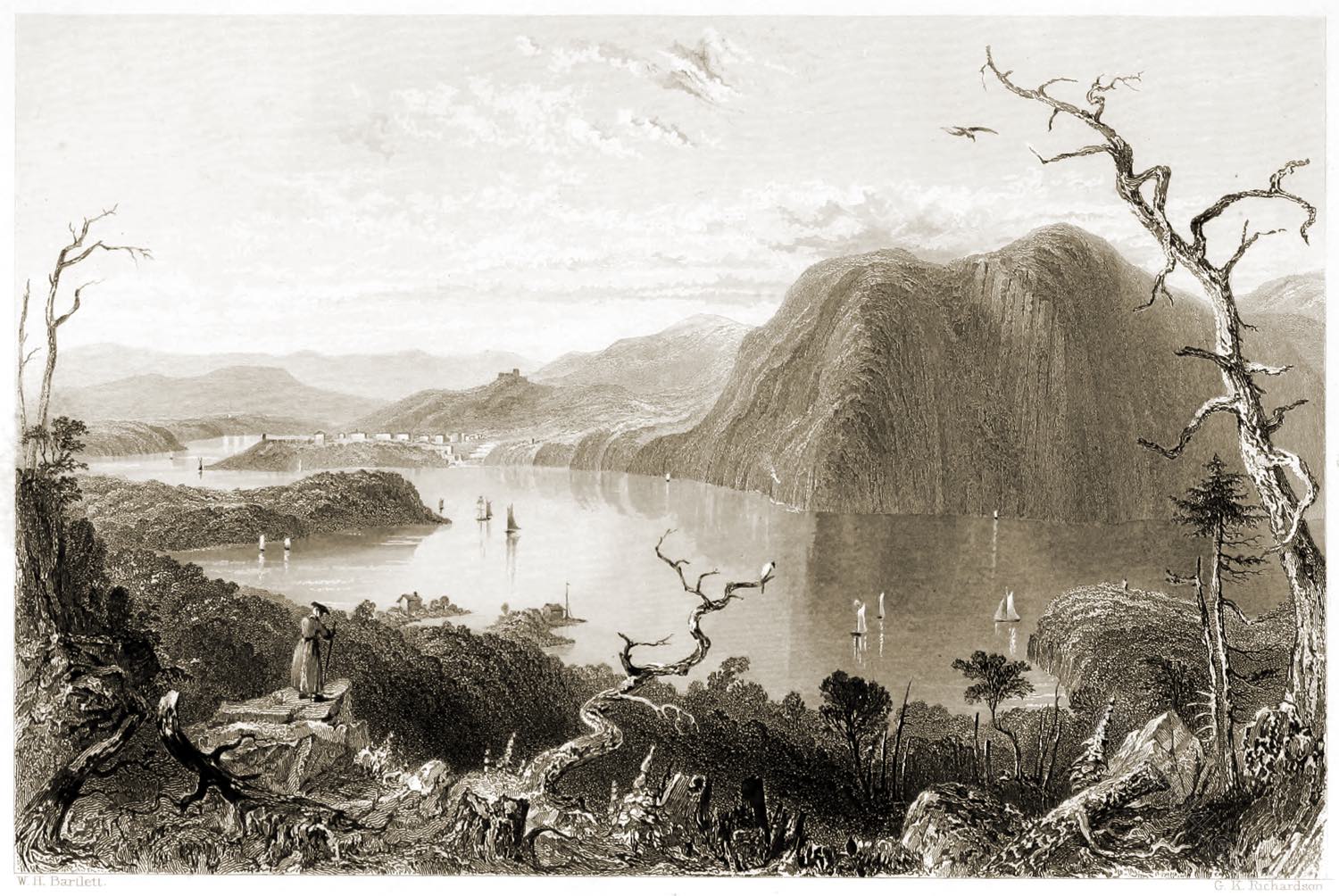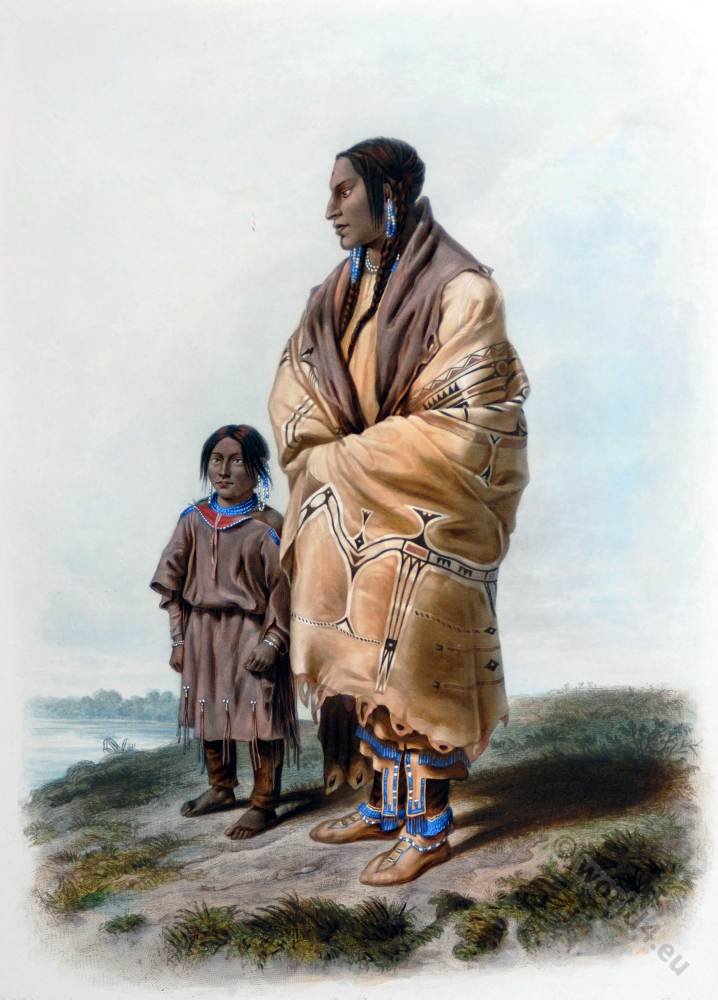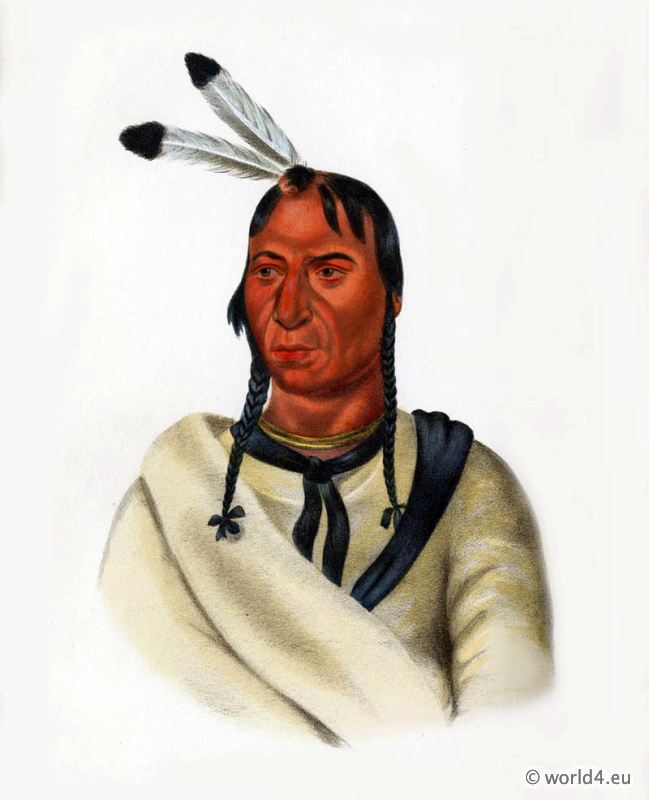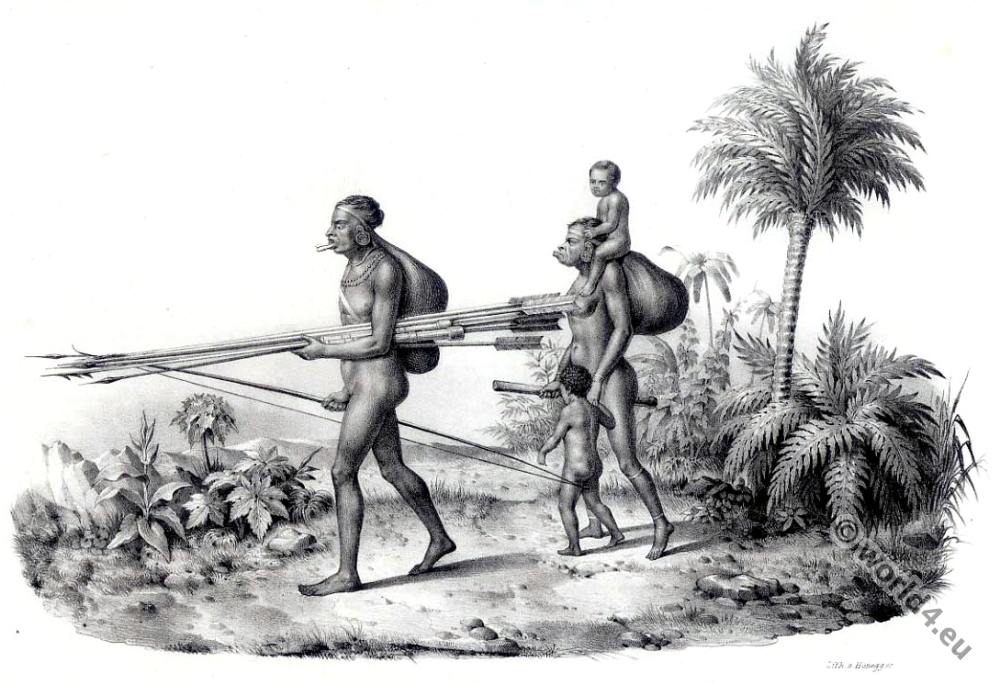Short Bull, Chief of Brule Lakota, Sioux tribe.
Short Bull (Short Bison Bull), Indian name Tatanka Ptechela, (b. c. 1845 on the Niobrara River in Nebraska; d. c. 1915 on the Pine Ridge Reservation in South Dakota) was a Brulé (Oglala) Lakota Sioux medicine man who was one of the most prominent leaders in the 1890s Ghost Dance Movement.
He gave several oral accounts of this last freedom struggle of his people, which ended in bloodshed at Wounded Knee in December 1890, which were written down by various (white) people and published in books and journals.
To this end, he created numerous pictures in which he dealt with his life and his experience of the world; a number of songs have also come down to us from him. – Short Bull, who was highly creative and visionary, conveyed something of great art to the world.
In an area somewhere along the Niobrara River, Short Bull is said to have been born. He fought as a young warrior against the Pawnee and Crow, the traditional enemies of the Sioux, and took part in the wars of the Plains Indians against the advance of the US Americans in the 1860s and 1870s.
At the Battle of Little Bighorn in June 1876, he is said to have been among the warriors of Chief Gall’s Hunkpapa who repelled the attack of Major Reno’s soldiers and put them to flight.
This success played no small part in deciding the victory, for afterwards strong Indian forces were released to turn against Custer, and so it is quite possible that Short Bull also took part in this battle. After Little Bighorn, the Sioux tribes were forced to live on reservations within a few months.
Short Bull lived on the Great Sioux Reservation from 1877 to about 1889. When the Sun Dance was banned there, he left the reservation in 1879 with a group of his followers to join Sitting Bull in Canada, but was intercepted just before the Canadian border and brought back to the reservation.
Related
Discover more from World4 Costume Culture History
Subscribe to get the latest posts sent to your email.

